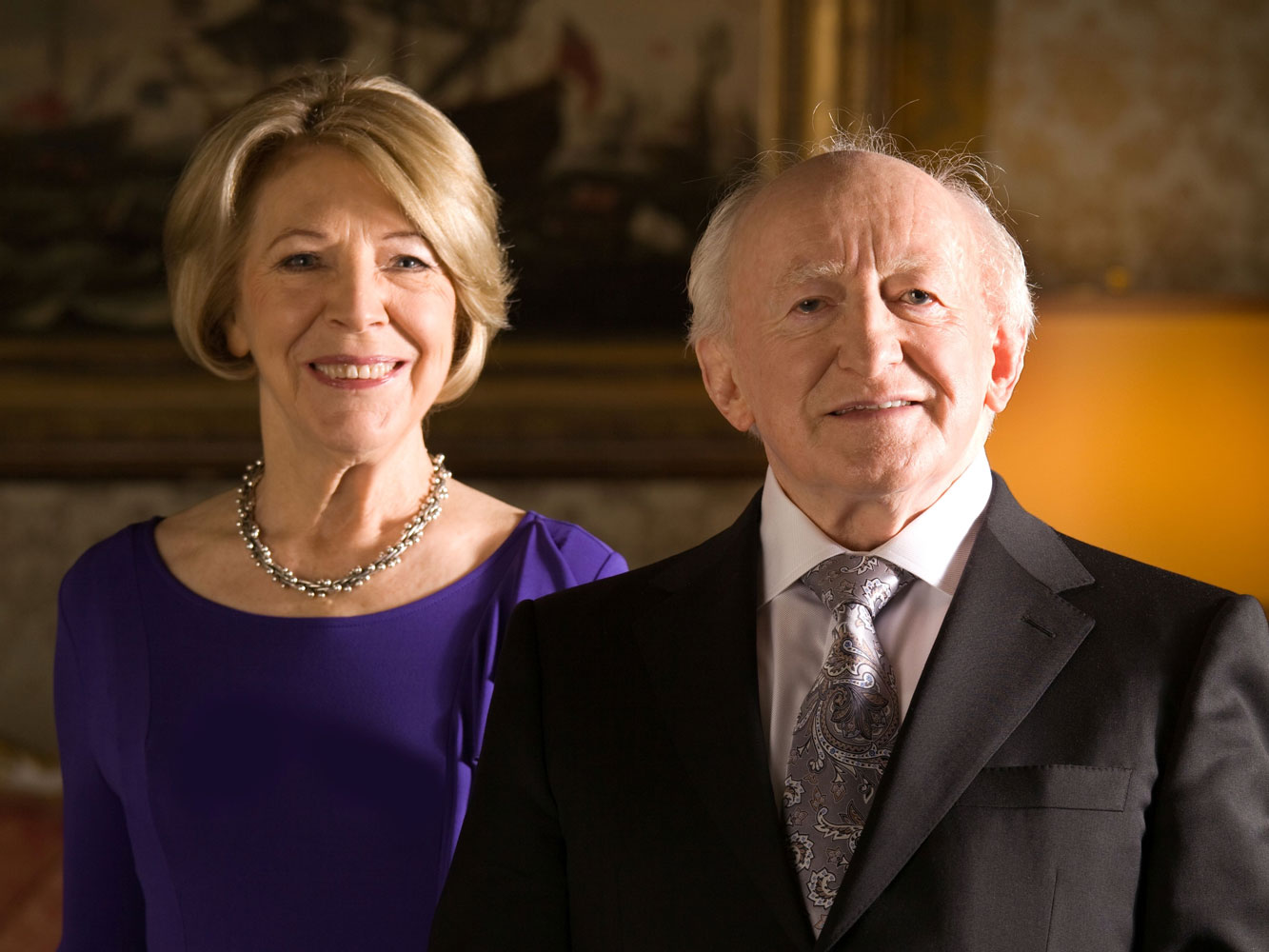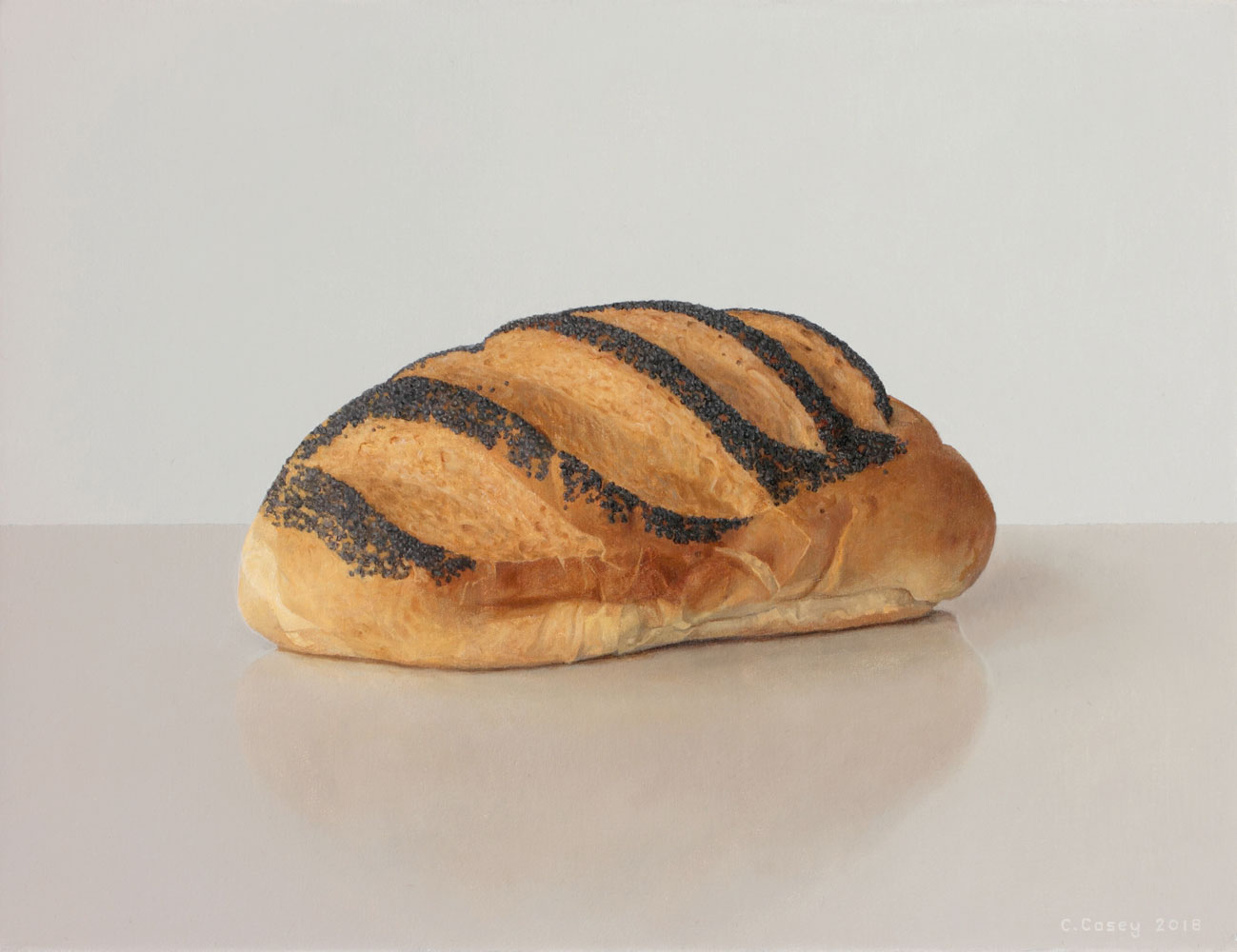Are we not extremely fortunate to have a person as highly qualified, in so many respects, as Michael D Higgins to offer himself in re-election for the Presidency of Ireland over the next seven years? The Galwayman is a former and most successful Minister for the Arts who should particularly appeal to the readers of this publication. But it is as a candidate for European Peace and Democratic Development that ‘Michael D’ offers the most attraction.


Are we not extremely fortunate to have a person as highly qualified, in so many respects, as Michael D Higgins to offer himself in re-election for the Presidency of Ireland over the next seven years? The Galwayman is a former and most successful Minister for the Arts who should particularly appeal to the readers of this publication. But it is as a candidate for European Peace and Democratic Development that ‘Michael D’ offers the most attraction.
Unveiled last December as a new permanent feature in the grounds of Áras an Uachtaráin was Dearcán na nDaoine – The People’s Acorn, a bronze-cast acorn that measures 2.8 metres long and 1.8 metres high. The commission was the idea of the President and his wife Sabina Higgins to commemorate 1916. The design by Rachel Joynt (see Irish Arts Review Winter 2017 page 104) incorporated a time capsule containing the thoughts and wishes for the future from scores of Irish schoolchildren, for the millennia ahead. These aspirations have been the subject matter of the President’s world-wide dissertations from the Áras over the past seven years.
To-date in 2018, the President has carried his message to the International Labour Organisation in Geneva, the European University Institute in Florence, to the University of Athens and to many prestigious institutions in the USA. At the heart of his polemic is a fundamental critique of the growing disjunction in the distribution of power and authority in the EU between the citizen and the state, and between the state and the multi-nationals.
President Higgins argues that the European Union cannot adequately be reconstructed from above, but must be renewed and rebuilt from below. He sees his role as making a contribution to restoring the cohesiveness of communities by elevating the role of participating citizens in making and shaping their own lives.
For this to happen, an ideological battle must be fought and won. In particular, President Higgins has been relentless in challenging the orthodoxy of neoliberalism. In his speeches, the President has sought at length to undercut the legitimacy of the free markets’ philosophy, not just by railing against its effects but by tracing its evolution and highlighting how alien it is to the founding ideas of the European Union project.
For President Higgins, how societies are organised is also central to our collective security. He argues that peace depends on a shared commitment to one another, on a capacity for compassion, empathy and sympathy, and on institutions that unite and protect society, not divide it. He is strongly committed to Ireland’s position on neutrality.
Ireland’s voice is not a voice in the wilderness – President Macron of France recently acknowledged the depth of the crisis of social connection that threatens the very survival of the democratic EU as we know it. So our forthcoming Presidential election is of vital importance to the type of European society to which we want to belong in the future.
John Mulcahy


Comhghall Casey is a keeper of ordinary things made extraordinary through his art, writes Isabella Evangelisti ahead of his exhibition at Solomon Fine Art this autumn

Christian Dupont reflects on the personal and political desires conveyed in two cartoons by Grace Gifford Plunkett

Recently elected ARHA Sinéad Ní Mhaonaigh is proof that the outward appearance of Academicians may change but the concern with discipline remains constant, Niamh NicGhabhann reports